Constructivist architecture lives on in Yekaterinburg
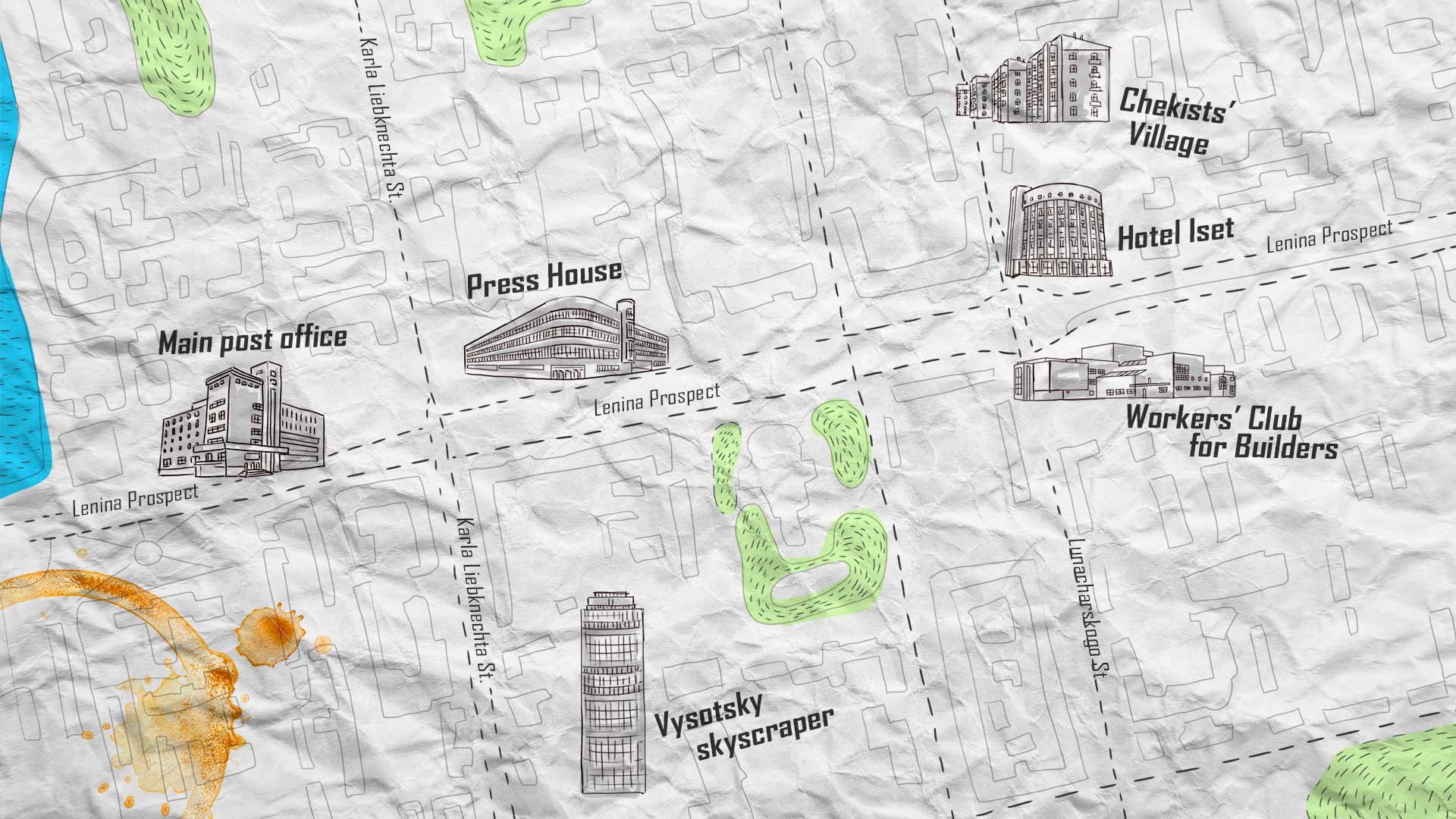
After the 1917 October Revolution, many architects from Moscow headed east to begin planning construction of steel mills, manufacturing plants and other factories in what would become the Sverdlovsk Region and its main city. (The city’s tsarist-era name, Yekaterinburg, was reinstated in 1991.) Planners also focused on the offices, housing complexes and related infrastructure needed to support this industrial growth in a relatively compact urban space.
Before checking out these five Constructivist buildings on foot, which takes half a day, we recommend you visit the Vysotsky skyscraper in central Yekaterinburg for a bird’s-eye view of the city. Back on the ground, you can begin your architectural tour:
Hotel Iset
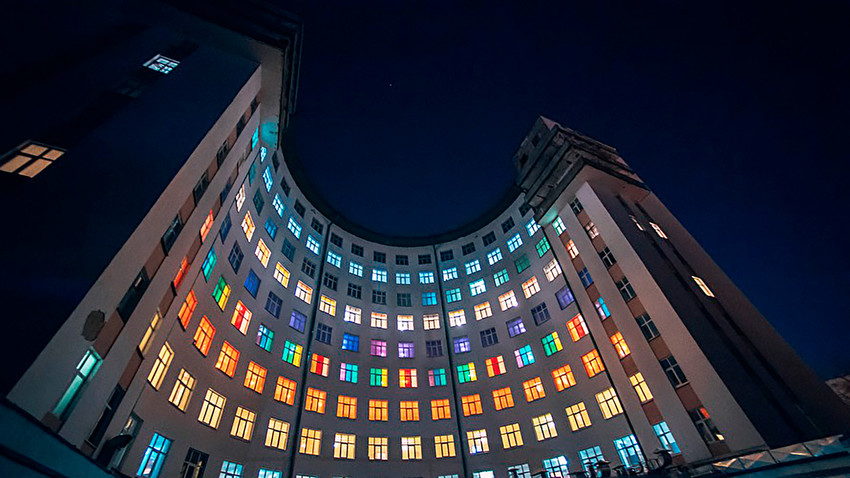
Hotel Iset
NCCA/WikipediaA huge white-and-pink building dominates the traffic circle at Lenina Prospect and Lunacharskogo Street. Named for Yekaterinburg’s major river, the semicircular Iset opened in 1933 with 95 rooms, all reserved for use as a dormitory by agents and officers of the first Soviet secret police force, the Cheka (later the NKVD, precursor of the KGB).
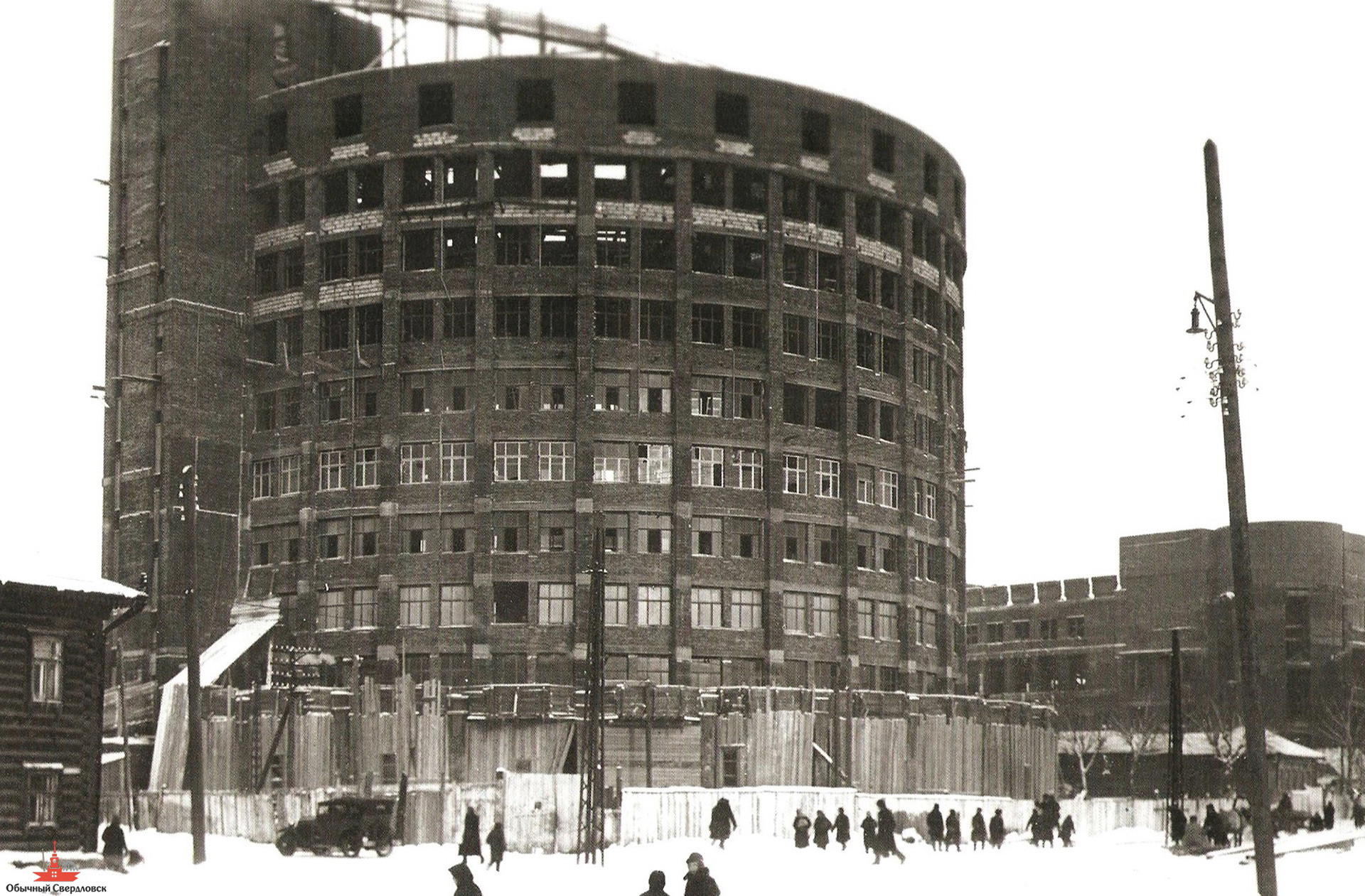
Hotel Iset under construction
Archive PhotoDuring World War II the hotel housed families displaced by fighting in western parts of the Soviet Union.
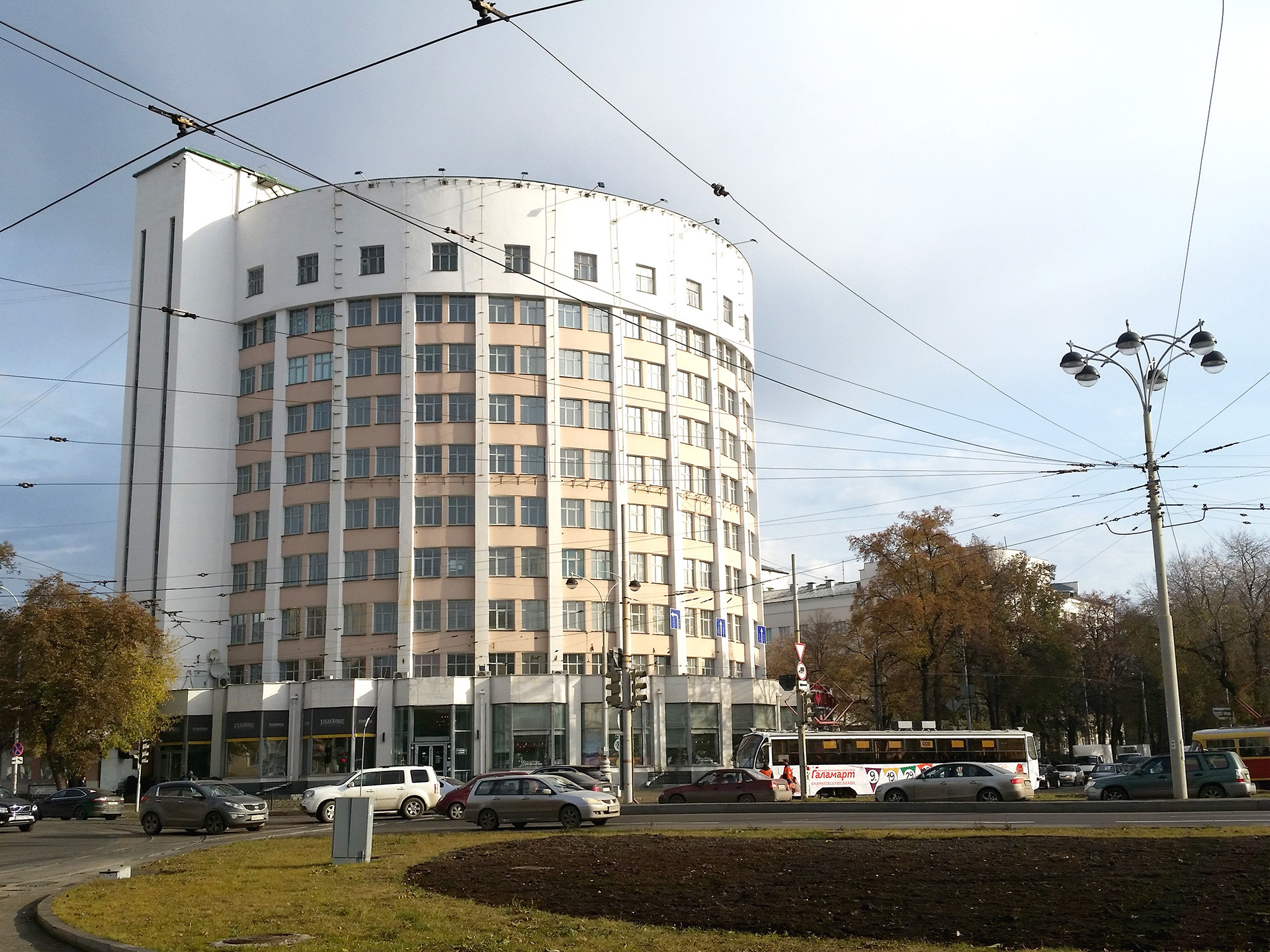
Hotel Iset
Peggy LohseAlthough the
Chekists’ Village
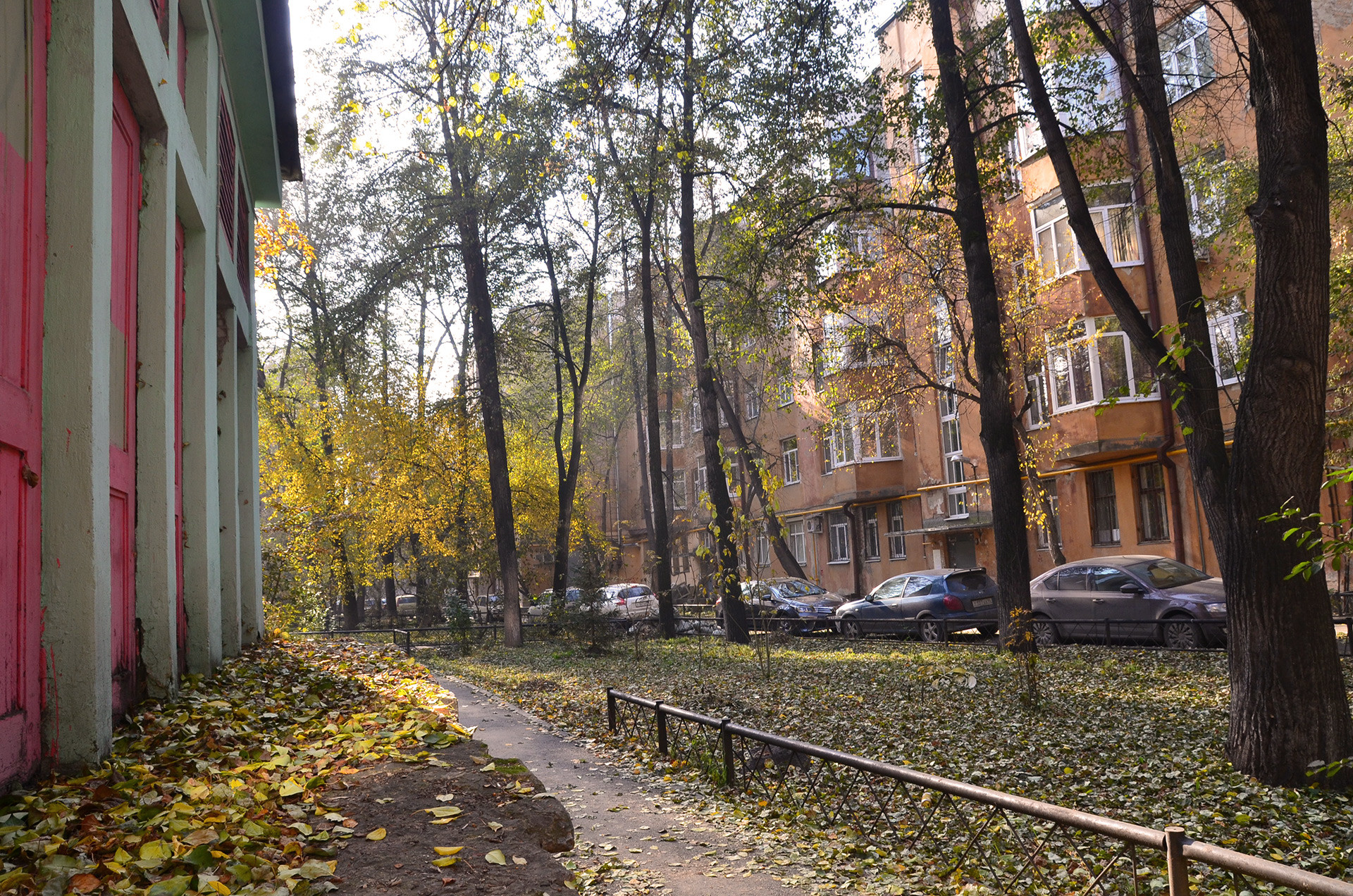
Chekists' Village
Peggy LohseBehind the Iset is a city within the city. Chekists’ Village, built between 1929 and 1936, was designed to serve the needs of local Cheka officers and their families.
The architects’ goal for the 12-block village was to discard any hint of imperial Russia in favor of a Soviet ideal for social interaction.

Original plan for Chekists’ Village by Ivan Antonov and Veniamin Sokolov in 1929
Archive PhotoKey elements included an officers’ club named for Cheka founder Felix Dzerzhinsky, a kindergarten, sports facilities and a cafeteria. This communal approach meant that individual apartments in the village were designed without kitchens, although residents soon modified their quarters.

Courtyard at the Chekists' Village
Peggy LohseToday, the spacious apartments are coveted in Yekaterinburg’s real estate market.
Press House
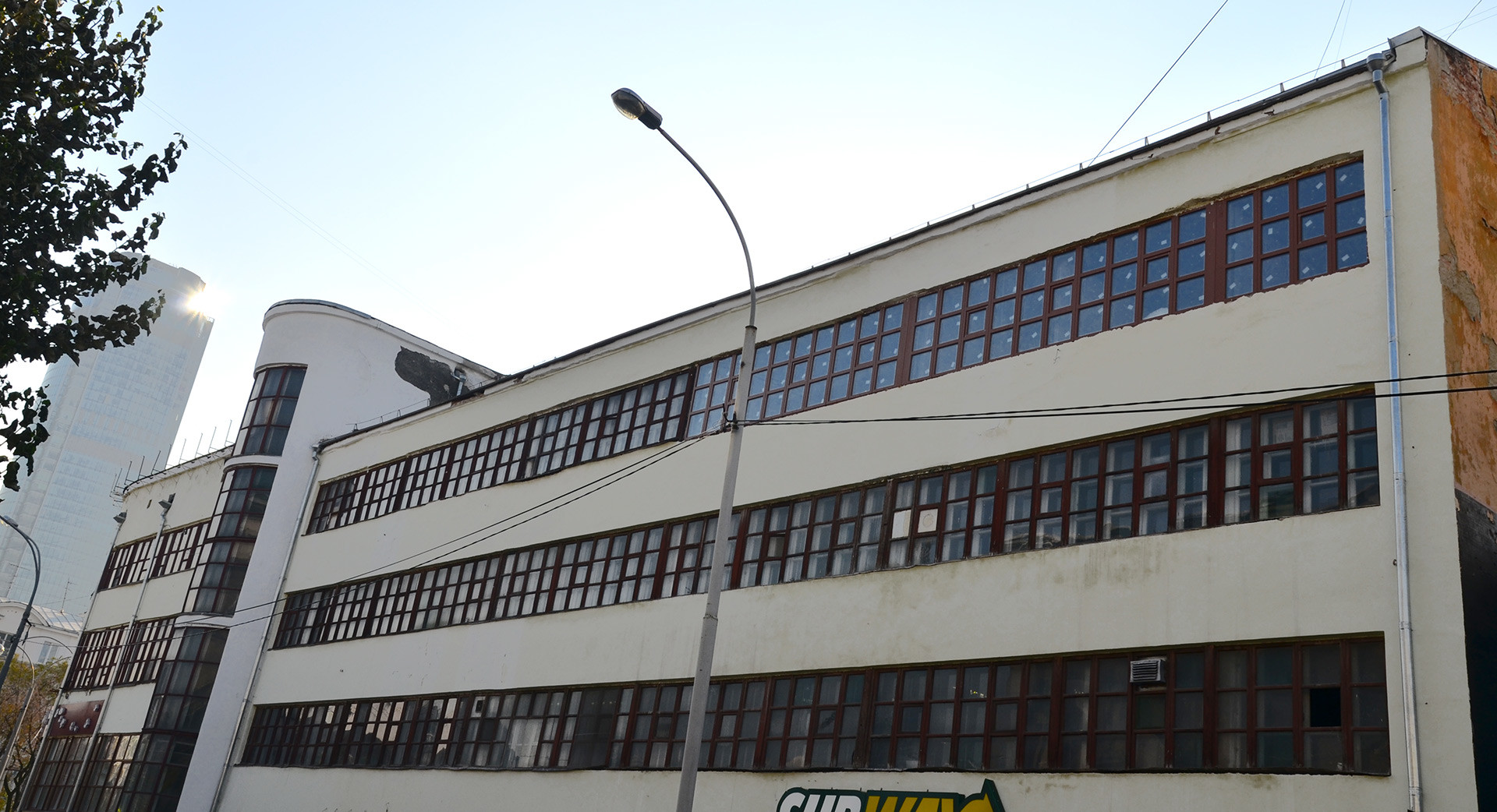
Press House
Peggy LohseThe Press House at Lenina Prospect and Turgeneva Street
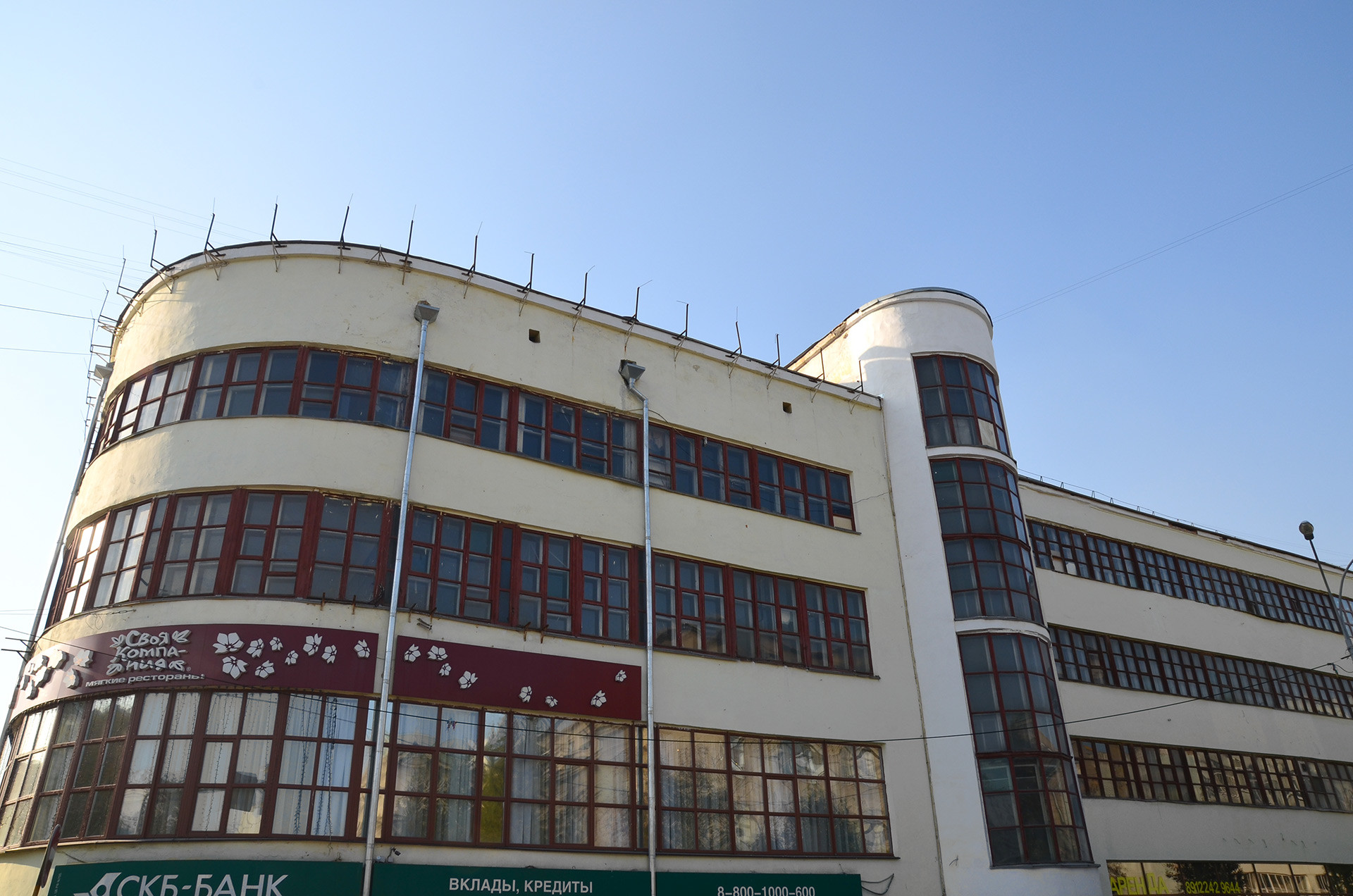
Press House
Peggy LohseBy the 2000s, the last of the three papers — Uralsky Rabochi (Ural Workers) — moved out of the Press House. In 2010 the historic building hosted the first Ural Industry Biennial, and in recent years it has been repurposed as a cultural and entertainment complex with bars and restaurants.
Main Post Office

Post Office
Peggy LohseYekaterinburg’s main post office — adjacent to the famed
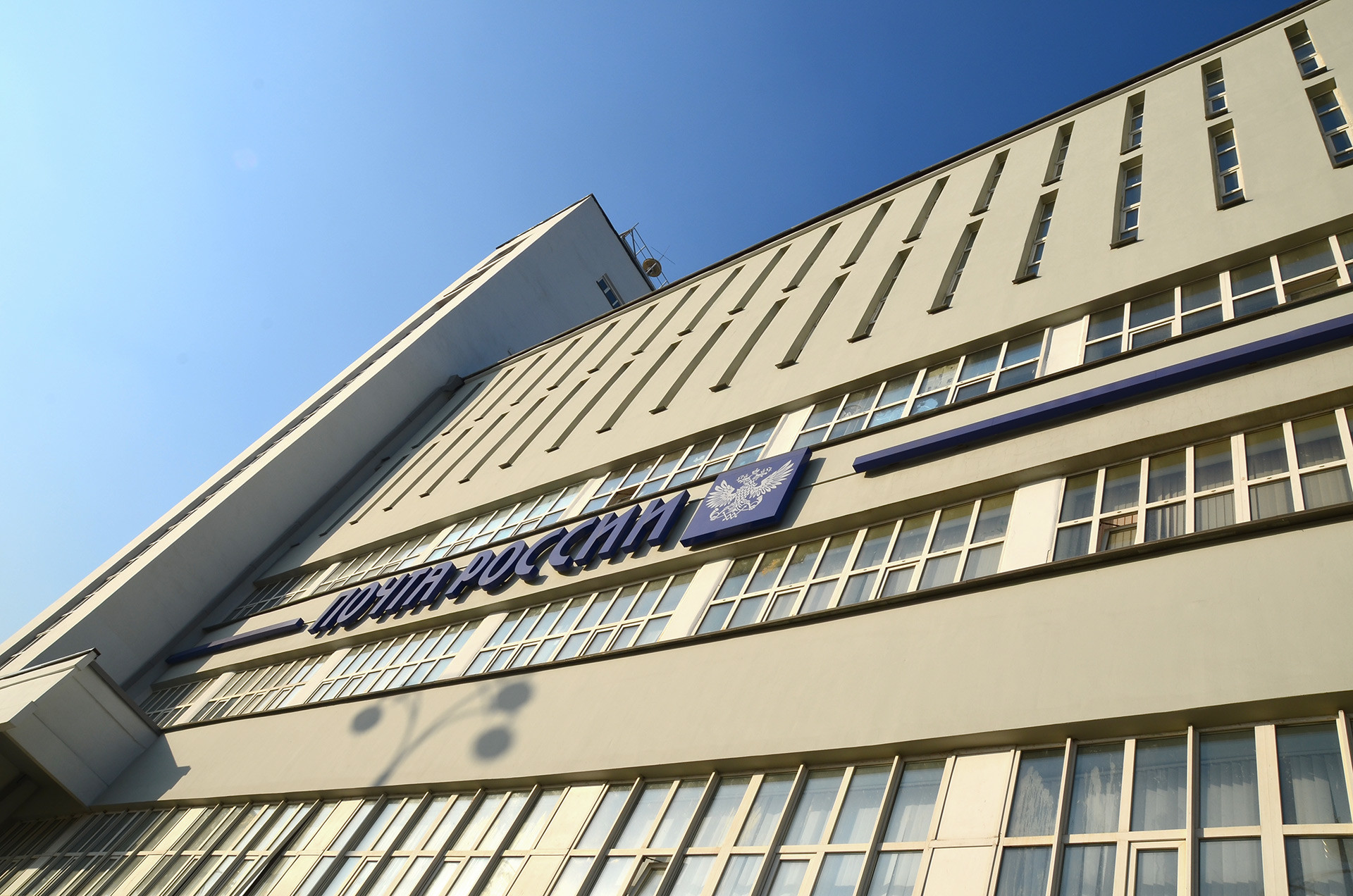
Post Office
Peggy LohseInside the vast structure were a kindergarten and nursery, a radio studio, and space for lessons in lace-making and other crafts. Another section housed the first automated telephone station serving about 10,000 numbers in Sverdlovsk.
Workers’ Club for Builders
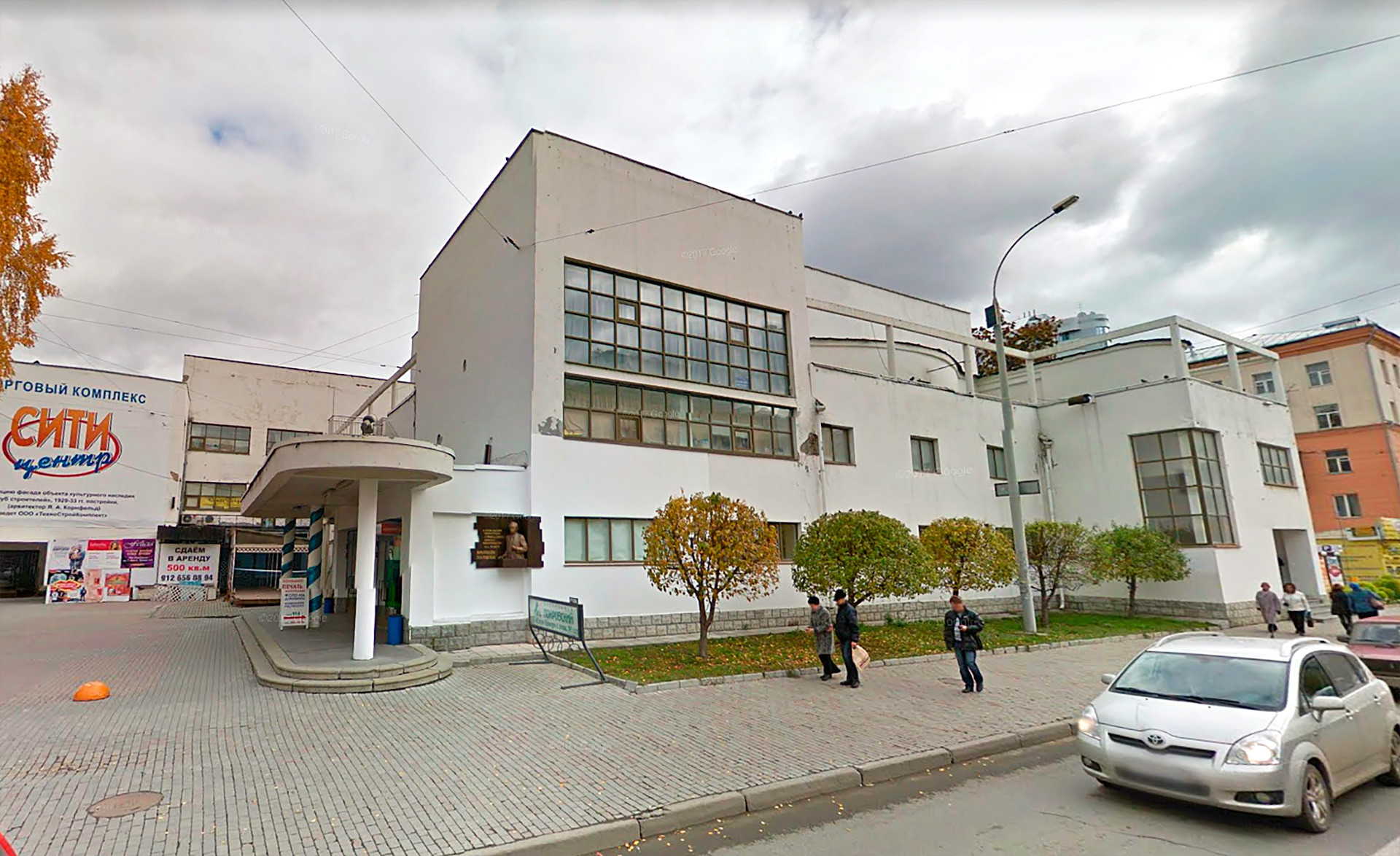
Builders' Club
Google MapsToday, the club building houses a shopping center with boutiques and a shop that sells vintage magazines.
If using any of Russia Beyond's content, partly or in full, always provide an active hyperlink to the original material.
Subscribe
to our newsletter!
Get the week's best stories straight to your inbox